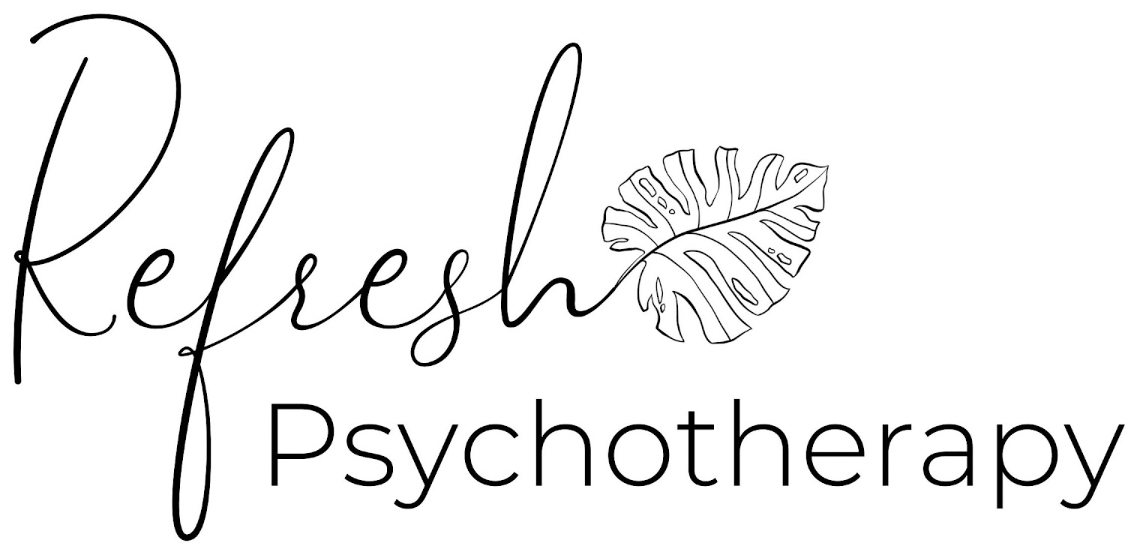
What to expect from using hypnosis in therapy
Hypnosis used in therapy can have wonderous effects in healing and achieving a sense of wholeness and feeling aligned within oneself. Hypnosis allows clients to enter a trance like state to conduct a deep dive into the unconscious to bring awareness to what needs to be healed, released, processed and validated. Ultimately hypnosis allows clients to deeply understand underlying thoughts and behaviors and emotions that need to be processed in order for them to remove blocks or feel a sense of wellness mentally, physically and emotionally.
A breakdown of what to expect in a hypnotherapy procedure begins with the hypnotist serving as a guide for clients to enter the hypnotic trancelike state through different induction methods. Induction methods may include guided meditations for calmness and relaxation or tapping the client while offering them relaxing or calming suggestions to focus on. Some people may respond well to these suggestions or guided relaxation scripts and some may not and that could be dependent upon fears, concerns or limited ideas about hypnosis from common misconceptions the person may have heard. Some common misconceptions may include the client’s belief that they will lose control of their behaviors and mind when under hypnosis, they could become brainwashed, they can get stuck in hypnosis, hypnosis can trigger harmful results from what is uncovered and so on. It can be very helpful for a client to ask a hypnotherapist and clarify what the procedure entails and what they can expect before trying it to ensure they are fully prepared for the experience.
Once the client has been successfully relaxed and induced into the hypnotic state, the hypnotist then uses visualization to guide the client to different levels or parts of their mind to explore repressed memories, their motivation, their truest desires, unprocessed memories, the source or root reason for a emotional wound, or a phobia or whatever could have triggered a disconnect they experience in their conscious reality. Whatever comes up can ignite a cathartic experience with the client just becoming aware and “knowing” what has triggered their disconnects in the first place, but the client can also discuss and process next steps to heal with the clinician after the session has ended, if needed. If a client isn’t exactly searching for any answers or information through hypnosis they may just be looking to strengthen self esteem, positive behaviors and habits or feeling a sense of calm and safety in their everyday reality, with the clinician offering them positive suggestions for the clients best interests.
Through my work in using hypnotherapy I have been able to help clients achieve various results. For some clients, it’s reconnecting with repressed or forgotten memories, hidden deep into their unconscious, it could be reconnecting with positive emotional experiences or pleasant memories. Some clients may utilize hypnosis to reconnect with negative experiences of the past, such as traumatic events to allow the client to process these experiences in a safe and controlled way to ultimately feel healed and able to live in the present without being impacted by past traumas or distress on a unconscious level, that can impact how they think, feel or behave.
If you have ever felt stuck with consciously exploring your past and what impacts your mental health wellness, exploring the unconscious through hypnosis could be a next helpful route to achieving your mental health goals. Those who are just curious and open-minded to experiencing the endless benefits of hypnosis are also invited to give it a try. Hypnosis can be a very therapeutic modality to use for achieving mental wellness and an overall sense of wholeness by using it to deepen your state of calm and relaxation to deal with life’s worries and everyday stressors.
